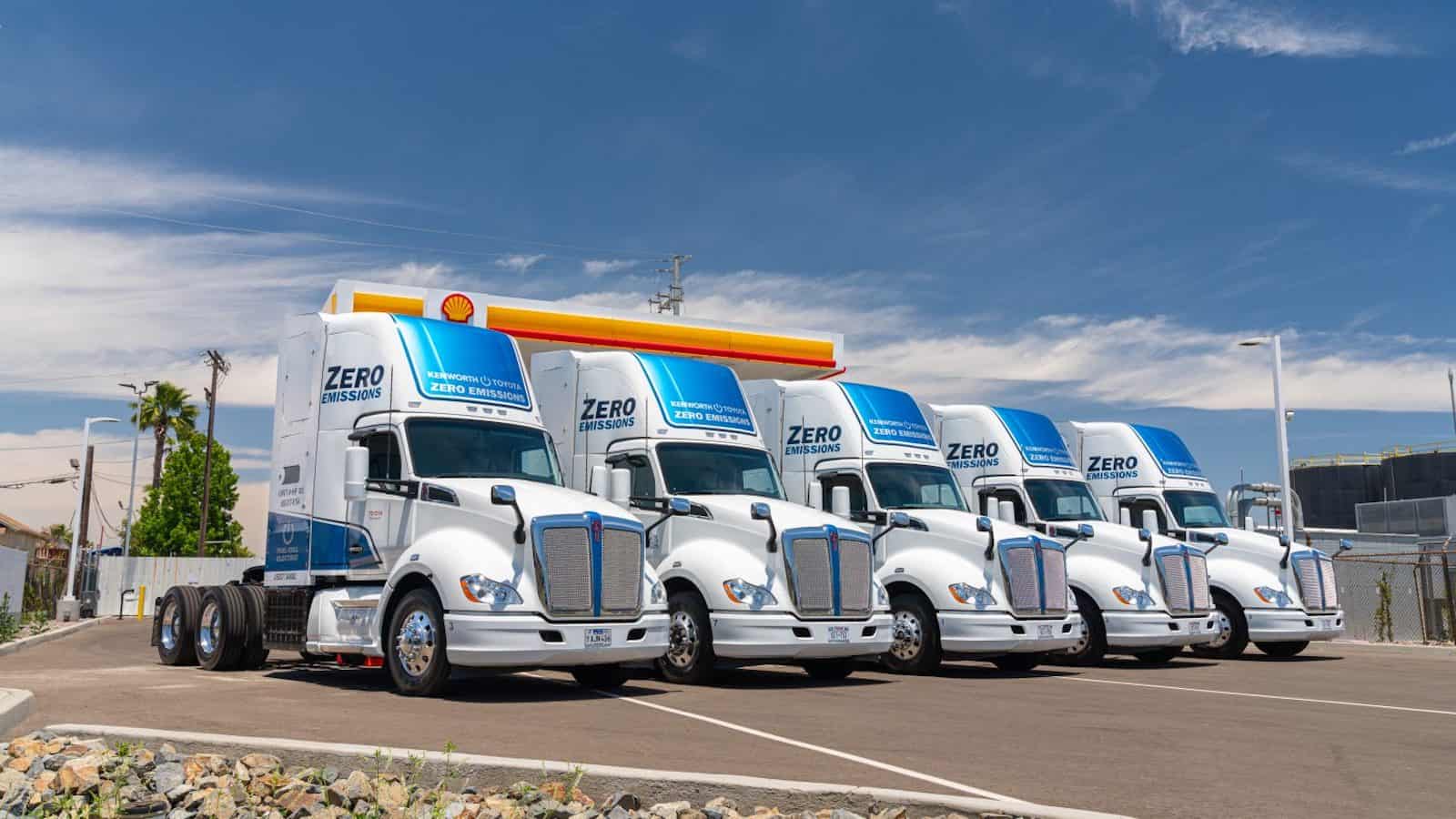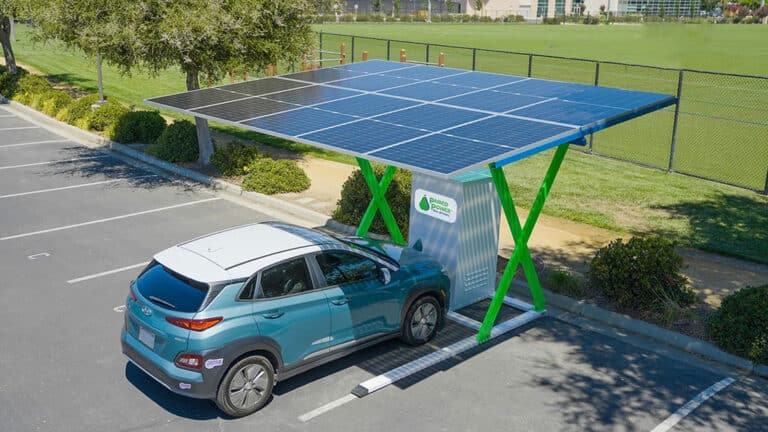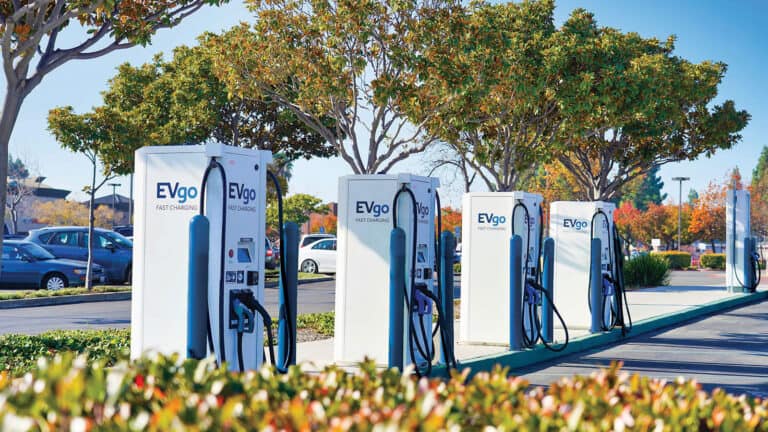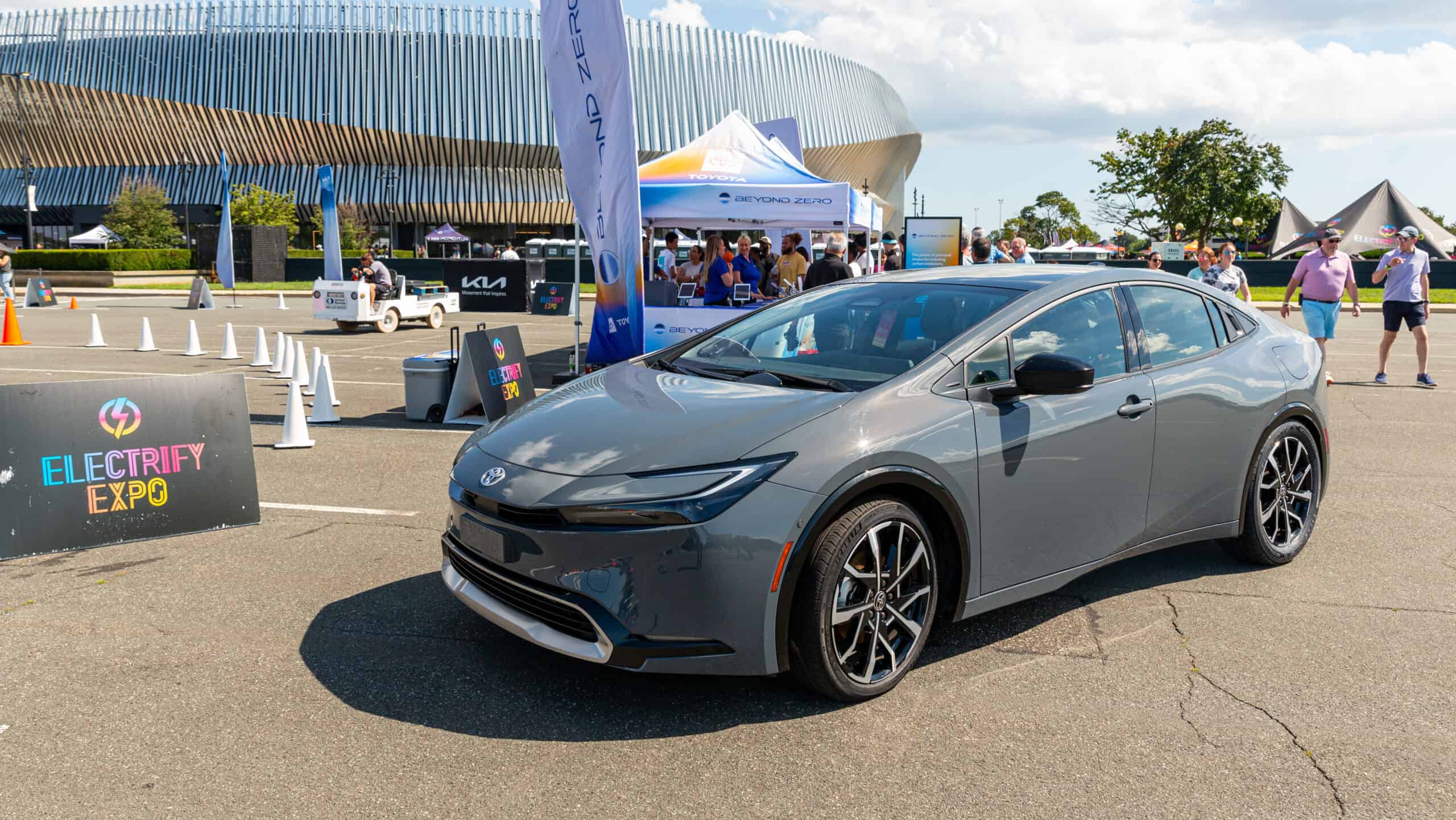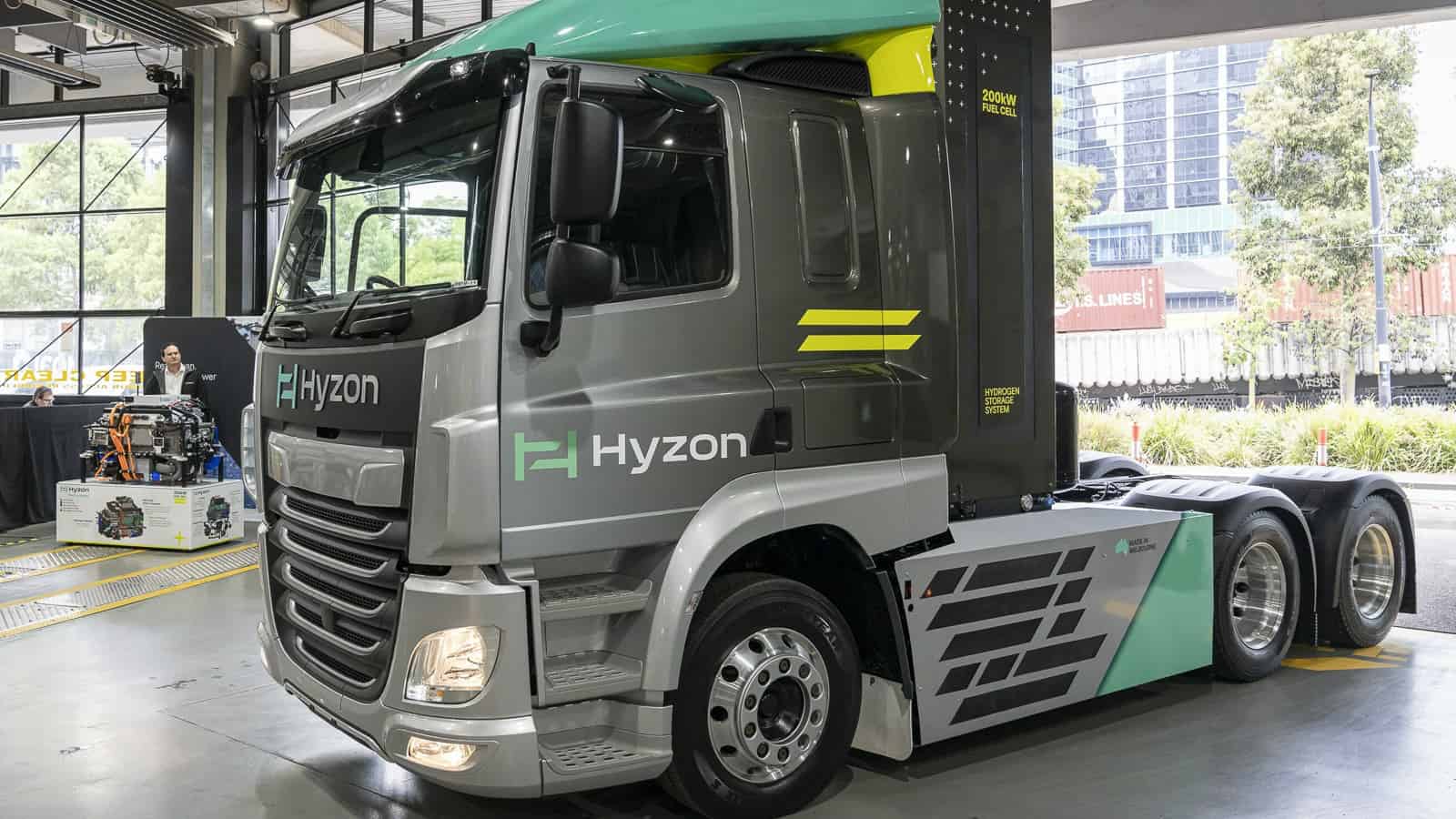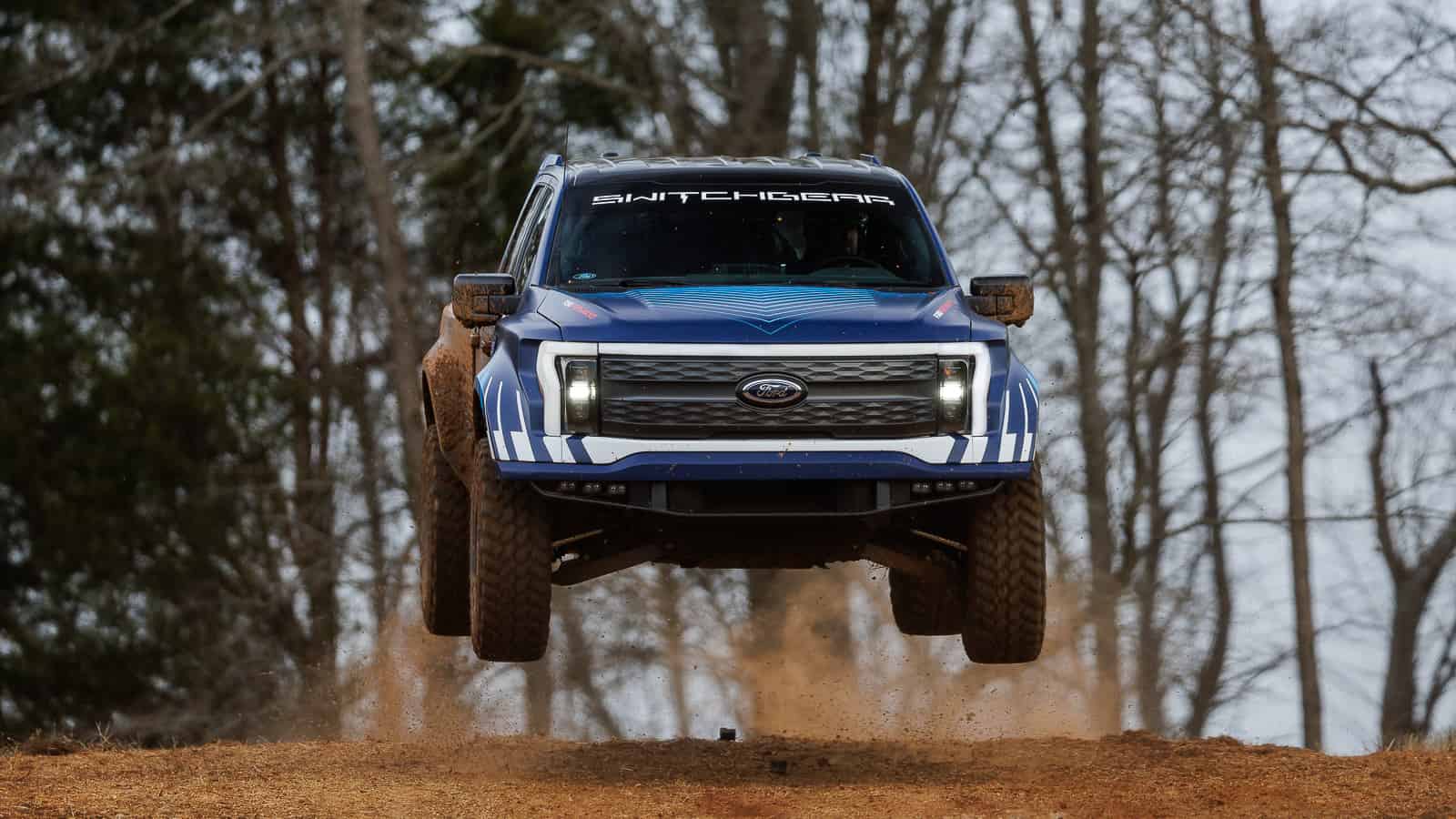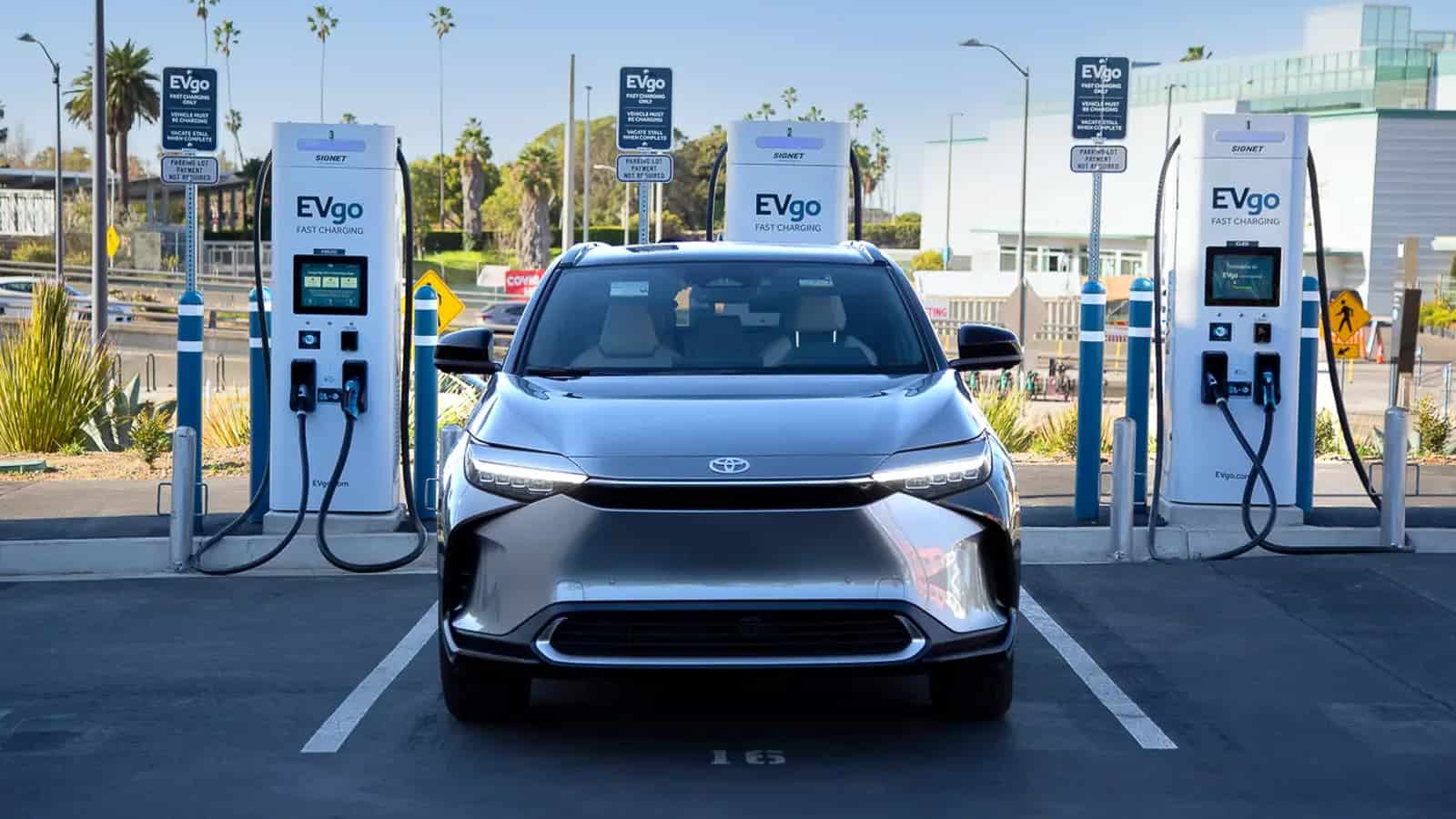Toyota has taken a lot of heat from environmental groups for its commitment to hydrogen, but more and more groups are starting to agree.
Even as other companies continue to invest in battery-electric versions of their over the road trucks, Toyota (along with Hyundai, Daimler, and others), are hedging their bets, developing a hydrogen fuel cell powered solution to the problems faced by OTR truckers. Now, a new endorsement from Trucking World seems to say that Toyota’s on the right track.
You can read the official press release on the endorsement, below, then let us know what you think of Toyota’s “green” hydrogen trucks in the comments section at the bottom of the page.
Trucking World Endorses Toyota’s Hydrogen-Powered Fuel Cells as a Step Toward a Cleaner Planet
- The recently completed ‘Shore to Store’ ZANZEFF project at the Port of Los Angeles showed hydrogen-powered trucks performing well in a punishing environment
- Trucking customers and drivers appear ready for Toyota’s fuel-cell modules, to start in 2023 in Georgetown, Kentucky
Toyota’s recently completed pilot project at the Port of Los Angeles provides a playbook for the coming revolution in zero-emissions transportation. Just listen to the truckers.
Some previous attempts to demonstrate clean technologies in heavy-duty trucking have come up short. There have been trucks designed by people with no experience in trucking. There were vehicles that looked good on paper but couldn’t perform in the real world. There were rigs that performed well but could only get through a single shift or a fraction of their typical workday.
None of that was true in a project in San Pedro, California, at the largest ocean freight facility in North America. There, 10 fuel cell electric T680 trucks jointly designed by Toyota and Kenworth were deployed as part of the Zero and Near Zero Emissions Freight Facility (ZANZEFF) Shore to Store (S2S) project, where they demonstrated a future where emissions could be significantly reduced or even eliminated in the punishing world of heavy-duty trucking and the movement of port freight.
“Hydrogen is a way to achieve zero emissions with very few compromises,” said Andy McGarvey, senior manager for Toyota Logistics Services, and one of the real-world customers who used the fuel-cell big rigs. “This project really showed that hydrogen is going to be part of the solution.”
One of the biggest challenges to successfully replacing current trucks on the road with zero-emission vehicles is the list of specifications that truckers need, requirements that diesel powertrains provide very well. Working Class 8 trucks need to be powerful, capable of pulling fully loaded trailers up to a gross combined vehicle weight of 82,000 lbs. They need range – 300 to 600 miles is typical. And they need to be able to refuel quickly, in a matter of minutes rather than hours, to keep the vehicles on the road and make them profitable.
Looking to the future, McGarvey said that there are really only two zero-emissions powertrain options for truck manufacturers to choose from: battery-electric and hydrogen fuel cells.
Batteries are based on a technology that we all know. They’re used in everyday electronics, such as our cell phones, computers, radio-controlled toy cars, and other mobile devices. When used on the scale needed to produce power for a truck, they are heavy. That added weight is a big deal in the trucking and transport industries, where every pound occupied by a battery is one less pound available for cargo. That’s a huge concern for truckers as the amount of freight is what provides income, and trucks often butt up against federal weight limits as they seek to maximize profits.
Hydrogen-powered fuel cells and their required fuel tanks, though still heavier today than conventional diesel platforms, are lighter than trucks based on current battery technology. Plus, they offer an experience much closer to the diesel vehicles truck drivers are used to. For example, they have a longer driving range. The trucks in the L.A. port project had stated ranges of 300 miles, enough to cover a trucker’s typical 240-mile daily drive during drayage operations, McGarvey said. Newer versions of fuel-cell electric trucks are anticipated to get closer to 400 miles. With bigger fuel tanks, they could go even farther.
There’s no doubt that hydrogen will play a key role in trucking in the future, said Joe Adams, chief engineer at Kenworth. It’s being pushed by climate change, the need to reduce truck pollution, government regulations and trucking company pledges to get greener, he said. Many of Kenworth’s customers have net zero-emissions goals for the next 10-15 years. The company projects its zero-emission truck production will ramp up from fewer than a thousand trucks now to more than 70,000 in 2030 and over 180,000 in 2040.
“This important advancement is driven by climate change, government regulations and the trucking industry’s concerted effort to reduce truck emissions,” Adams said. “Many Kenworth fleet customers have already established challenging net zero-emissions goals to achieve over the next 10 to 15 years. The ZANZEFF program successfully demonstrated that hydrogen fuel cell electric trucks provide an excellent long-range transportation solution with operations similar to diesel. Kenworth has decades of experience building high quality trucks, and Toyota has decades of experience developing fuel cell technology. Our collective efforts on this program set a high bar for the commercial vehicle industry and lay a foundation for future hydrogen truck development.”
Shell Hydrogen Filling Stations
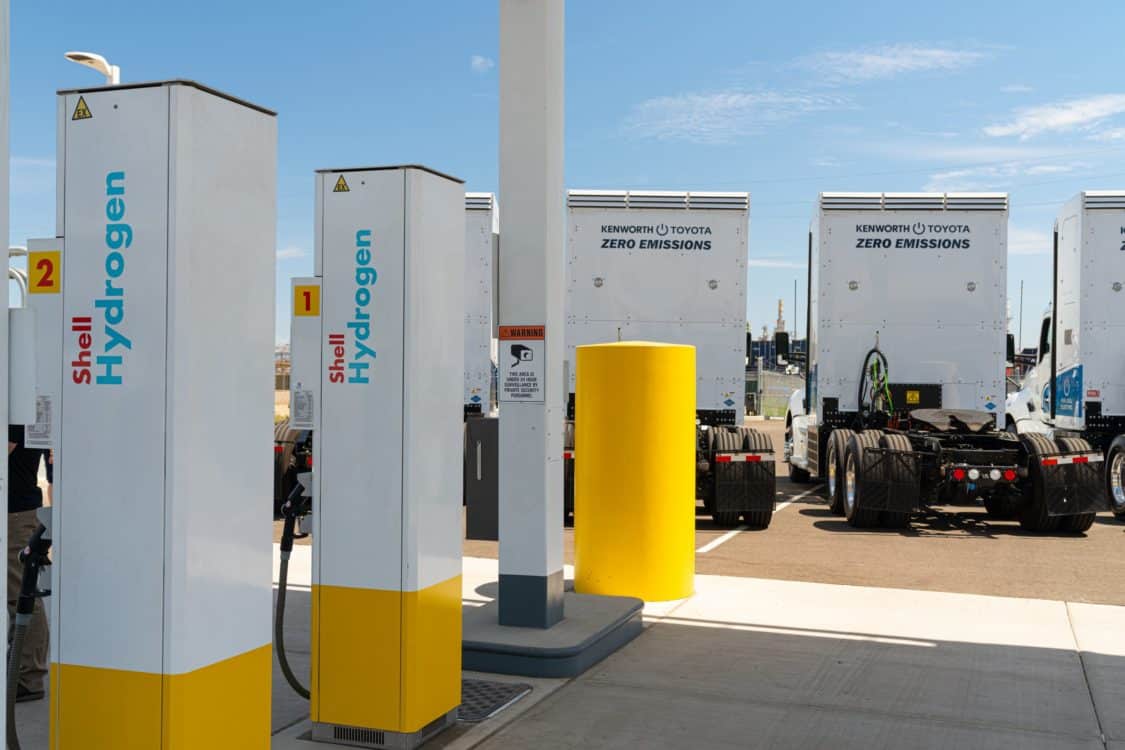
One of the most important and stark differences in using hydrogen over battery electric in heavy-duty transport is the ability to fill the vehicles more quickly to keep them operating, with the possibility of multiple shifts in one day. The hydrogen filling stations designed by Shell used in the demonstration project in San Pedro were very much like a diesel station; in fact, the hydrogen lanes were right next to diesel lanes. Drivers in the project almost universally commented about how similar the process felt to the conventional process; they just had to pull up to the right pump.
Refueling the hydrogen fuel tanks usually takes about 25 minutes, an amount of time close to the 15 to 20 minutes truckers spend at a truck stop today before getting back on the road. With battery electric vehicles, even with advanced superchargers, it may take hours to recharge, though that time might be further reduced in the future as battery technology advances.
Currently, the drayage trucks that move shipping containers are the single biggest source of greenhouse gases in the container facilities in San Pedro and Long Beach, said Jacob Goldberg, an air quality specialist at the Port of Los Angeles. That’s more emissions than the ocean vessels, boats in the harbor, cargo-moving equipment (like cranes) or locomotives. Heavy-duty trucks emitted close to 400,000 metric tons of carbon dioxide at the port in 2020. In their short service time as part of the S2S demonstration project, the 10 FCEV trucks reduced greenhouse gas emissions by 500 metric tons. If applied broadly to the 13,000 trucks that work the port every day, that could remove a large chunk of the port’s emissions.
“We engaged with the trucking world and got really valuable on-the-ground experience with how trucks are developed and how they’re tested,” Goldberg said. “There is the potential for hydrogen to be an economic game-changer in moving goods.”
Hydrogen Toyota Semi at Port
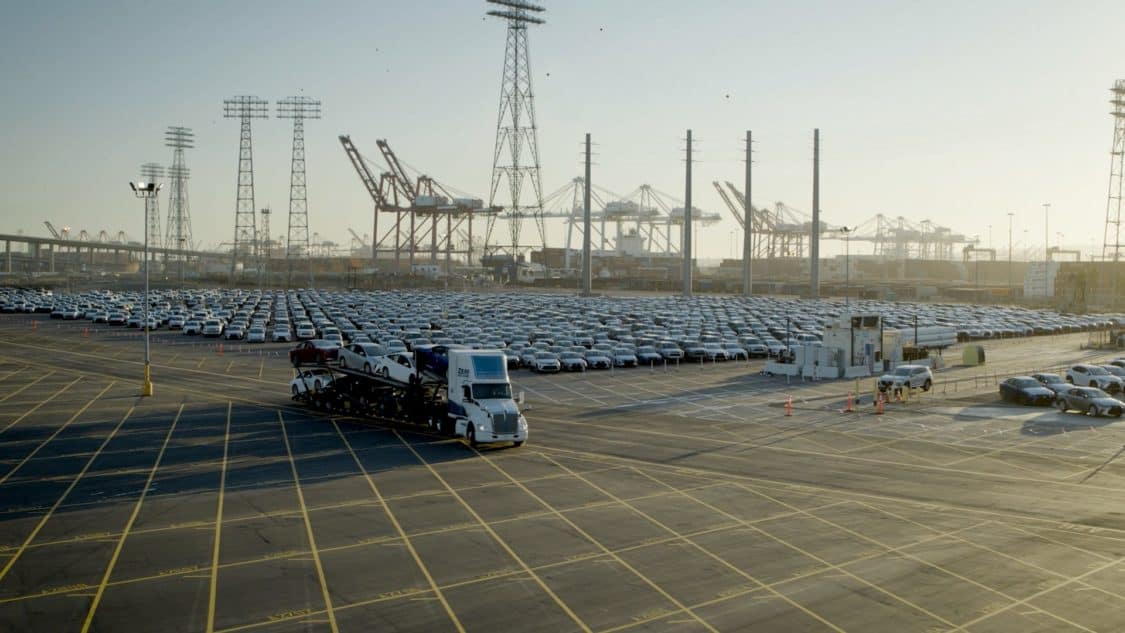
One of the keys to success in Los Angeles came from processing the feedback from the trucking community, said Craig Scott, general manager and director of fuel cell solutions at Toyota Motor North America. This approach was modeled on lessons learned years ago in developing the Prius, he said.
“What Toyota found time and again with hybrid cars is that without customer awareness or understanding, it’s a big hurdle [toward mass adoption],” Scott said. “It’s the same thing for trucks.”
Some truck drivers like their diesel trucks, said Danny Gamboa, one of Toyota’s first fuel-cell truck drivers who trains drivers at the port. Other drivers like the way diesel trucks drive and feel – they’ve been driving that way for years. But even the old-timers are quick converts to hydrogen power, he said.
One of the first things Gamboa noticed is at the end of a trucking shift, he wasn’t physically worn out from all of the shifting, and he didn’t smell like diesel fuel. Another big difference is torque. Fuel-cell drivers get all the truck’s torque all the time. It’s like driving a go-kart, only bigger – as soon as you step on the pedal, you go, Gamboa said. That makes the trucks easier to drive in and out of traffic, and easier to maneuver into tight spots like alleys or loading docks.
“As soon as they get in, they change their minds,” Gamboa said.
In an environment like the port, where some drivers are paid by the load, getting in line quickly can mean more loads in a day and higher pay. Faster trucks have an advantage.
“It’s very competitive,” Gamboa said. “You have to be on your A Game. Drivers are jockeying in and out of position. Having a faster vehicle is a game-changer.”
With the demonstrations done, Toyota is gearing up for commercialization of the powertrain, with its next step to begin assembling heavy-duty fuel cell modules at next year at Toyota Motor Manufacturing Kentucky in Georgetown. It may have taken years to get to this point, but it may not be much longer before the fuel-cell business really takes off, said Andrew Lund, TMNA’s chief engineer, zero emissions advanced product planning.
“The inflection point is close,” Lund said. “The exact year is hard to predict. It might happen in the next year or two. It might be 2027 or 2028. Whenever it happens, we’ll be prepared.”
Fuel cell electric technology is fun to work on, and it’s gratifying to develop products that meet market needs, but the bottom line is really about helping to make a better planet. That meshes well with the Toyota Way, a philosophy and mindset that is about challenge and respect for people, Lund said. One key part of the project in San Pedro is the potential impact it could have in helping Southern California communities with cleaner air. Hydrogen-powered fuel cell electric trucks, when adopted on a broader scale, have an incredible potential to make a huge contribution in the fight against carbon.
“Certainly, we believe this is a viable production business that helps society,” Lund said. “It aligns perfectly with Toyota values.”
For Gamboa, the ZANZEFF project was personal. Growing up in Long Beach, Gamboa could see the giant cranes for moving freight from his block. His father and uncle worked there as drivers, and he thought it was a great thing to be so close to the port. Like many of the kids in his neighborhood, Gamboa’s first jobs were there, loading and unloading cargo, working forklifts and eventually driving a truck. It was only later that Gamboa began to think about the pollution and make the connection to his health.
“I had asthma as a kid,” Gamboa says. “My three kids all have asthma. My family had no history of asthma until we moved to Long Beach. My work at Toyota isn’t about selling cars. It’s about cleaning up the air, cleaning up the region. When we’re done here, the frontline community will no longer have to deal with this burden.”

SOURCE | IMAGES: TOYOTA.
FTC: We use income-earning auto affiliate links. Learn more.











